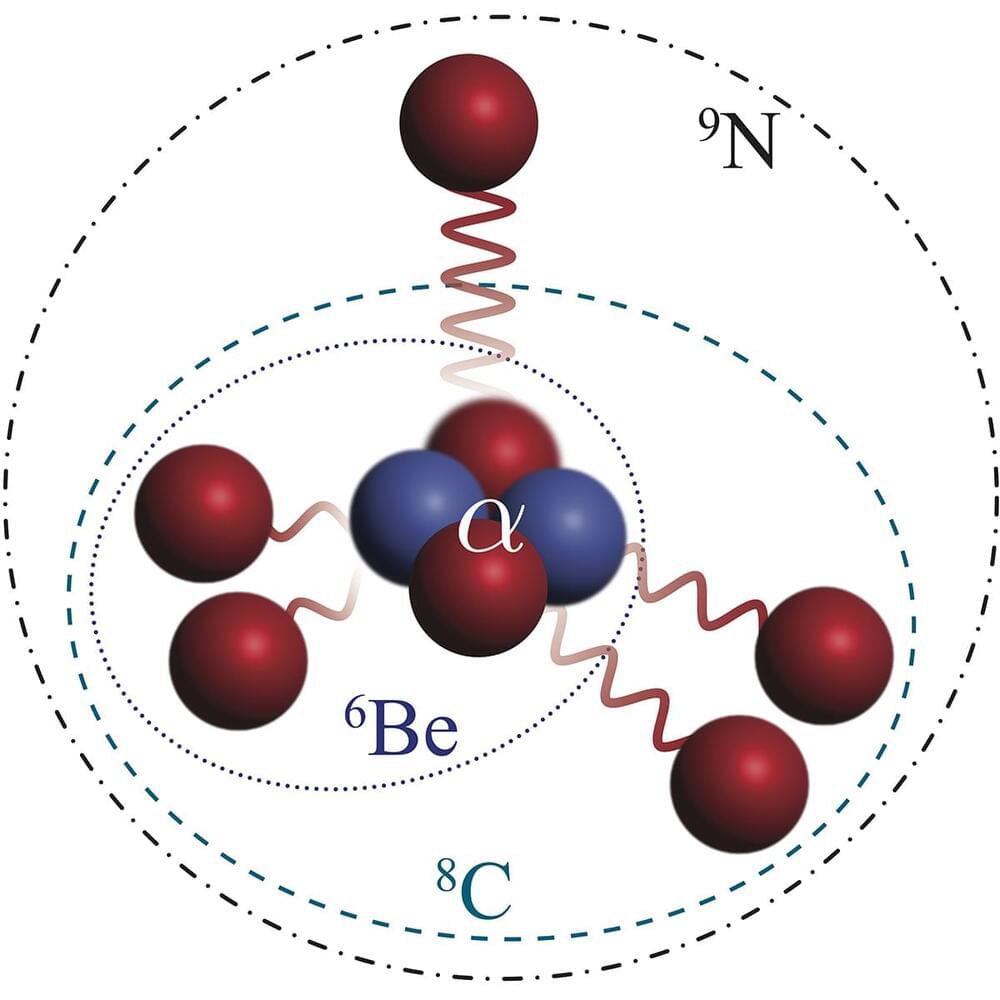The psychedelic drug MDMA can reduce symptoms of post-traumatic stress disorder, researchers reported in a new study published Thursday.
The company sponsoring the research said it plans later this year to seek U.S. approval to market the drug, also known as ecstasy, as a PTSD treatment when combined with talk therapy.
“It’s the first innovation in PTSD treatment in more than two decades. And it’s significant because I think it will also open up other innovation,” said Amy Emerson, CEO of MAPS Public Benefit Corporation, the research sponsor.”
A study has found that the psychedelic drug MDMA, combined with talk therapy, can reduce symptoms of post-traumatic stress disorder.







